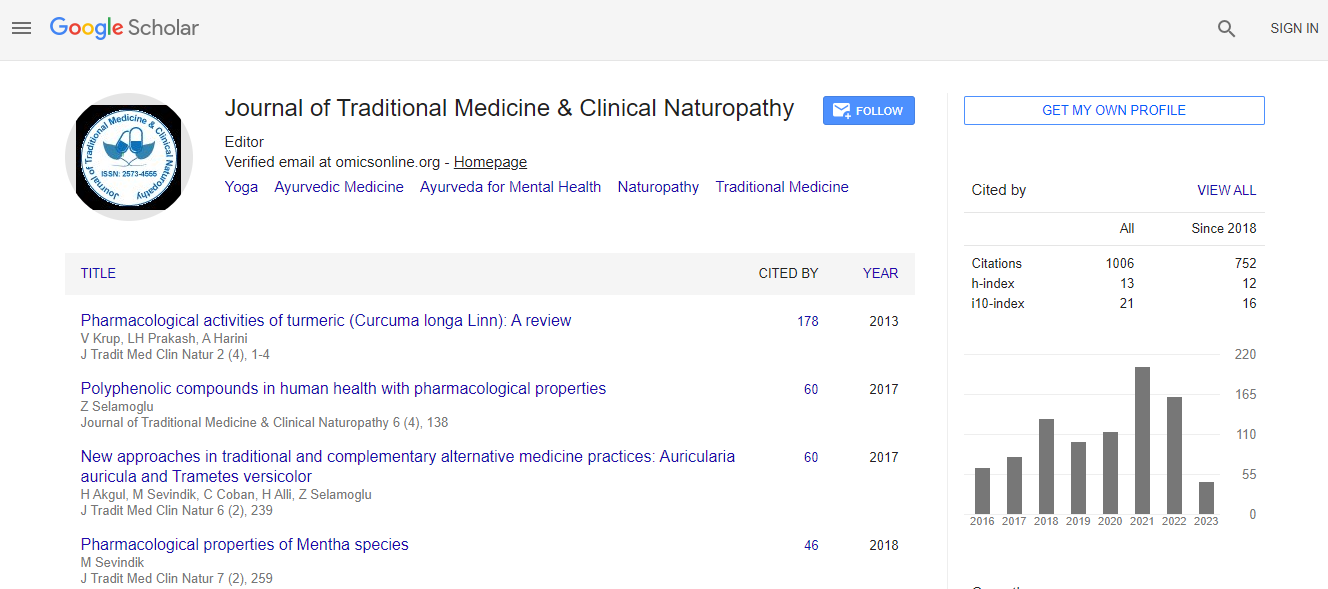Research Article
The Development and Application of Methodology of Reverse Pharmacology Illustrated with the Research on Analgesic Effect of Resina Draconis
| Xiangming L*, Su C, Zhou S, Lisi W and Ming G | |
| Department of Biomedical Engineering, South-Central University for Nationalities, Wuhan, Hubei, China | |
| Corresponding Author : | Xiangming Liu Department of Biomedical Engineering South-Central University for Nationalities Wuhan, Hubei 430074, China Tel: 86-27-67843892 Fax: 86-27-67841231 E-mail: liu.xiangming@263.net |
| Received February 19, 2014; Accepted May 27, 2014; Published May 29, 2014 | |
| Citation: Xiangming L, Su C, Zhou S, Lisi W, Ming G (2014) The Development and Application of Methodology of Reverse Pharmacology Illustrated with the Research on Analgesic Effect of Resina Draconis. J Homeop Ayurv Med 3:157. doi: 10.4172/2167-1206.1000157 | |
| Copyright: © 2014 Xiangming L, et al. This is an open-access article distributed under the terms of the Creative Commons Attribution License, which permits unrestricted use, distribution, and reproduction in any medium, provided the original author and source are credited. | |
Abstract
In reverse pharmacology, traditional drug that has a history of therapeutic activity is used as a starting point for drug discovery. However, documented natural-product drugs from traditional medicine are generally the mixtures of compounds having a variety of pharmacological effects. It is extremely difficult to identify their active components and clarify their pharmacological mechanism due to the complex relationship between the pharmacological effects of traditional drug itself and that of its components. The key idea used in solving this problem is that traditional medicine-inspired approaches to drug discovery should start with the relevance between identifying the material basis for the efficacy and clarifying the pharmacological mechanism of traditional drug. A basic principle of the methodology of reverse pharmacology was proposed: Taking the pharmacological effect of traditional drug itself as reference, the effects of the components and/or the combinations of components were compared with traditional drug itself to select lead compound or combination which can produce the pharmacological effect as similar as original drug. According to the principle above, the operational definition of the material basis for the efficacy of traditional drug was established. Searching for the material basis of the efficacy of traditional drug was converted to detecting, expressing and analyzing of the relationship between the pharmacological effects of the component and/or combination and the traditional drug itself. Thus the research framework of the pharmacological mechanism and the material basis of traditional drug was built up. The methodology of reverse pharmacology was applied to study the material basis and pharmacological mechanism of Resina Draconis. The analgesic effect of Resina Draconis was proved to be the synergistic effect of three components (cochinchinenin A, cochinchinenin B and loureirin B), and the methodology of reverse pharmacology was verified by this typical example.

 Spanish
Spanish  Chinese
Chinese  Russian
Russian  German
German  French
French  Japanese
Japanese  Portuguese
Portuguese  Hindi
Hindi 
